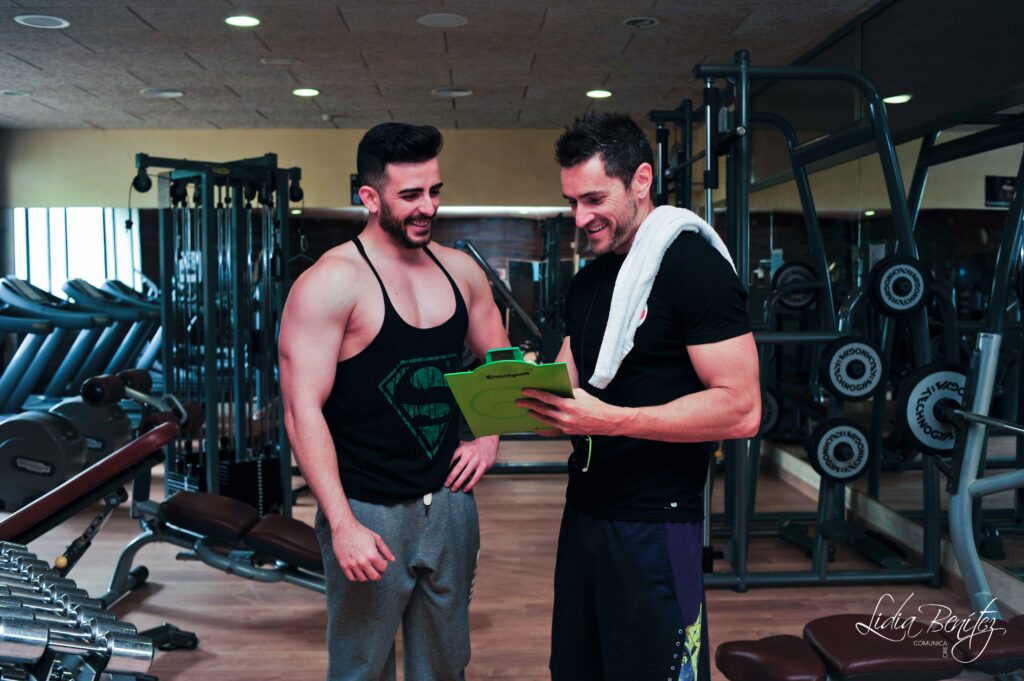
The F.I.T.T principles
Training isn’t an exact science like mathematics. That’s why we have the F.I.T.T. principles — also
known as training variables. When you learn how to apply these principles, your training becomes
safer, more effective, and more time-efficient.
I see people using these variables incorrectly all the time. The most common mistake is increasing
two or three of them at the same time. In reality, you should be adjusting all four so that when one
variable increases, another one decreases. I know this might sound a bit confusing right now, so let’s
break them down, and then I’ll show you how to combine them to your advantage.
F stands for Frequency
How many days a week do you train? Is it 3, or maybe 5? Frequency refers to how often you train.
I stands for Intensity
This refers to how hard you train. When you go to the gym, are you just going through the motions,
or are you really pushing yourself beyond your comfort zone?
T stands for Time
How long does your training session last? An hour, 45 minutes, or maybe even two hours?
T stands for Type
This refers to the kind of training you’re doing. Is it cardiovascular training, strength training,
stretching, or a combination of them all?
With this in mind, let me show you how to use the F.I.T.T. principles to make your training sessions
more worthwhile.
You’ll understand this much better through a real-life example:
Peter joins the gym for the first time. He wants to build muscle, so he starts a bodybuilding program
(Type). Since he’s new to weight training, his personal trainer recommends he trains six times a week
(Frequency), using light weights (Intensity) to get his muscles used to the exercises. His sessions
last around 1 hour and 15 minutes (Time).
After a 6-week conditioning phase, Peter continues his bodybuilding program (Type). Now that his
body is stronger and can handle heavier weights (Intensity), he trains just four times a week
(Frequency) to allow for more recovery. His sessions are also shortened to under an hour (Time).
After three months, Peter is now an advanced trainee. He starts using more advanced bodybuilding
techniques (Type). At this stage, he trains only three times per week (Frequency), using very heavy
weights (Intensity), and his workouts last between 30 and 45 minutes (Time).
Can you see how the F.I.T.T. variables changed as Peter progressed? He started training frequently
with low intensity, and as he got stronger, both his frequency and intensity changed, along with his
session length. These variables were adjusted to keep his training effective, efficient, and safe.
Most people use these principles incorrectly. The most common mistake I see is increasing
frequency and intensity at the same time. The logic often goes: “If a little bit is good, more must be
better.” But that’s not true. Just because something is good for you doesn’t mean more is better. In
fact, this mindset can put you at high risk, for example, injury from overtraining. And if that
happens, the only F.I.T.T. principle you’ll be using is Time—time to recover — and that’s definitely not
ideal.
My final words: if you want to see continued progress and real results, train smarter, not harder. Use
the F.I.T.T. principles wisely, and you’ll achieve great outcomes while staying injury-free.
See you in the next post — and enjoy your training.
David Bracho
Personal Trainer and Nutritional Assessor

